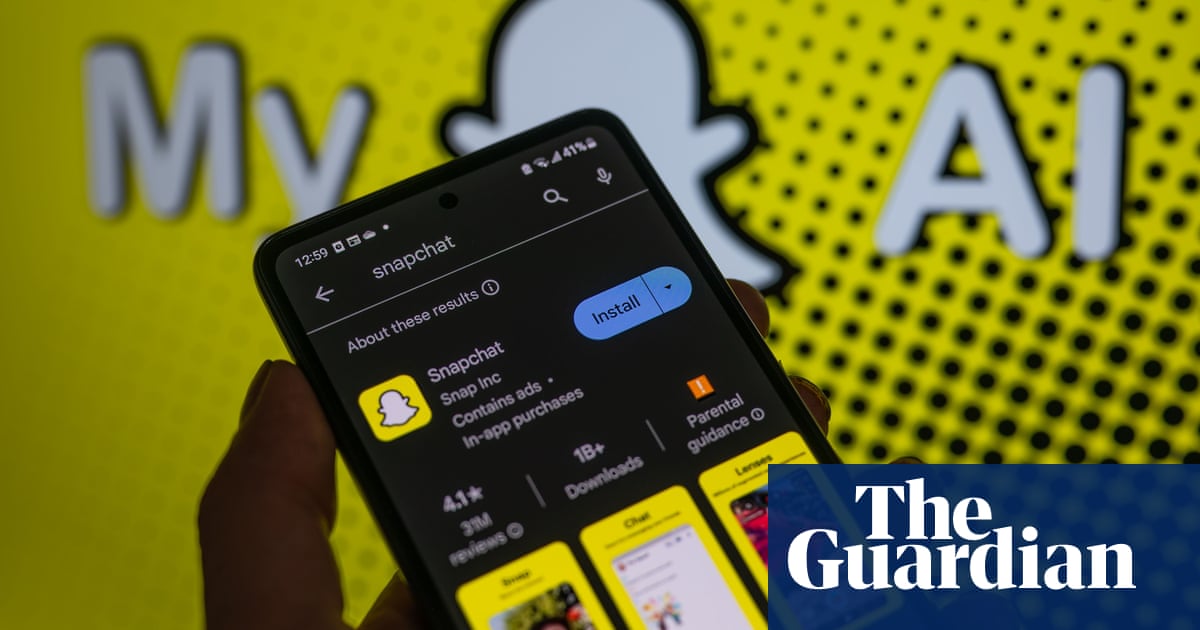Why are some social networks a success, while others struggle to stay alive? How did Facebook and Twitter go from being peers in the 2000s to barely even rivals 15 years on? Everyone seems to use social media, so everyone seems to have an answer to this sort of question.
But social networks are icebergs: most of what matters lies below the surface. Simply building a good user experience is table stakes for playing in the space. To actually succeed, though, you also need to master the parts most people don’t see.
Snapchat won’t thank me for calling the app “social media”; it’s in the middle of an international ad campaign encouraging people to use “less social media, more Snapchat”, repositioning itself as a messaging service first and foremost, rather than the “the social media popularity contest” of its competitors. It fits with the general vibe the company has been promoting, as, effectively, the largest independent American consumer app.
Snapchat is also one of the best examples of why focusing on just what users can see will lead a company to missing what makes a service thrive. After a pandemic-era boom, the company was hit hard by jitters in the tech sector, its stock price falling from a high of $83 in October 2021 to less than one-tenth of that, just $8.15, in just a year. It was a gruelling sign that the company needed to rethink things and, in the years since, Snap has worked hard to build products for advertisers, influencers, developers and marketers that can stand toe-to-toe with Facebook and Instagram.
Last week, I spent some time with Ronan Harris, the company’s EMEA president, to discuss those changes. I wanted to know what a company the size of Snap needs to focus on – and what mistakes people make when they focus only on the public-facing bits.
“Our users tell us that Snapchat is the happiest place that they spend time online,” Harris says. “I’d love to say it’s because we’ve got a magically happy technology. But I think it’s actually because it’s where they’re spending [the] most online time with people they care about, and in a way that feels authentic and real.”
That sense of connection fundamentally changes the nature of Snapchat’s business. It’s easy to inject adverts into an algorithmically curated, endless feed, but somewhat harder to do the same when users are sending messages back and forth. And so Snapchat has to work harder just to stand still.
“What we’ve done from the advertising standpoint is to figure out, well, how do you put native formats, and native advertising, into those experiences without jarring with them?” There is a space for the traditional vertical video ads, as Snapchat’s Stories feature – the near-ubiquitous format shamelessly cloned by Instagram, then everyone else – have adverts interspersed throughout.
But other options require more work. “When you flip open the app, it opens up the camera and you’ve got the carousel of lenses at the at the bottom – that’s where you’re going to experience a sponsored lens,” says Harris. “It’s not forced upon you – you can choose to engage with it – and a huge proportion of our community do, because the lenses are typically high-quality.”
Telling advertisers to send over a video and a link is low-effort; telling them they need to build a custom augmented reality lens is somewhat more high-key. And so Snapchat doesn’t. Instead, it just does the work itself. “We take all of the pain out of that,” Harris explains. “We will work with you on the creative. We have a network of providers that we fund who will build the lens, and as an advertiser, you’re just paying for the actual media spend on the engagement that you’re getting on the platform.”
It’s a surprising offer, because it goes against the grain of the stereotype of Californian tech titans, where an obsession with solutions that “scale” means it’s rare to hear about work that involves human labour. But the rules are different when you’re a big spender. “When you’re spending ad dollars, unless you’re tiny you can pick up the phone and have a human on the other end,” says Harris. Coca-Cola doesn’t just type a credit card number into a web form to launch a multimillion-dollar campaign, and even the biggest companies in the world will offer a friendly face and a firm handshake to seal the deal.
Part of Harris’s job, though, has been making this tailored service more accessible. The company now has a slick set of tools for small businesses, making it easier for a mid-sized fashion startup, or entrepreneurial influencer, to fork over their own cash. “We had put too many barriers in place, in terms of usability and functionality on the front end. It wasn’t easy for an SME [a small and medium enterprise] to understand what the opportunity is and then how to do it, so we’ve been putting a huge amount of work in. That’s driven 85% growth in that part of the business.”
after newsletter promotion
If you’re trying to sell a pair of shoes on Snapchat, for instance, you can now simply upload a still photo of them to the platform and use its tools to automatically create an augmented-reality lens to let users “try them on”. Put some money in your account and ask the company to target users and it’ll attempt to automatically spend your budget well, via an AI manager focusing on the things you want to maximise.
For readers with a background in marketing, nothing I’ve described is going to shock you. But that’s the point: these are the basics of the business, and yet they’re surprisingly hard for a social media platform to get right. From the outside, the answer to questions like “why does Facebook dominate?” feel like they must be down to the things that we users experience: network effects, ease of onboarding, or just simple ubiquity.
But one answer is that Facebook was one of the first companies to properly crack these issues. Meta’s ad tools are formidable, for everyone from your neighbourhood takeaway to multinational giants, and it’s a mammoth effort to stop the gap from widening further. It’s too soon to say whether Snap’s efforts to close it will be successful – but it’s the things hidden from the normal users, as much as anything they can see on their phones, that will decide the next decade for the company.




/cdn.vox-cdn.com/uploads/chorus_asset/file/25430225/247065_Vergecast_Gaming_Senses_Smell_SHaddad.png)

